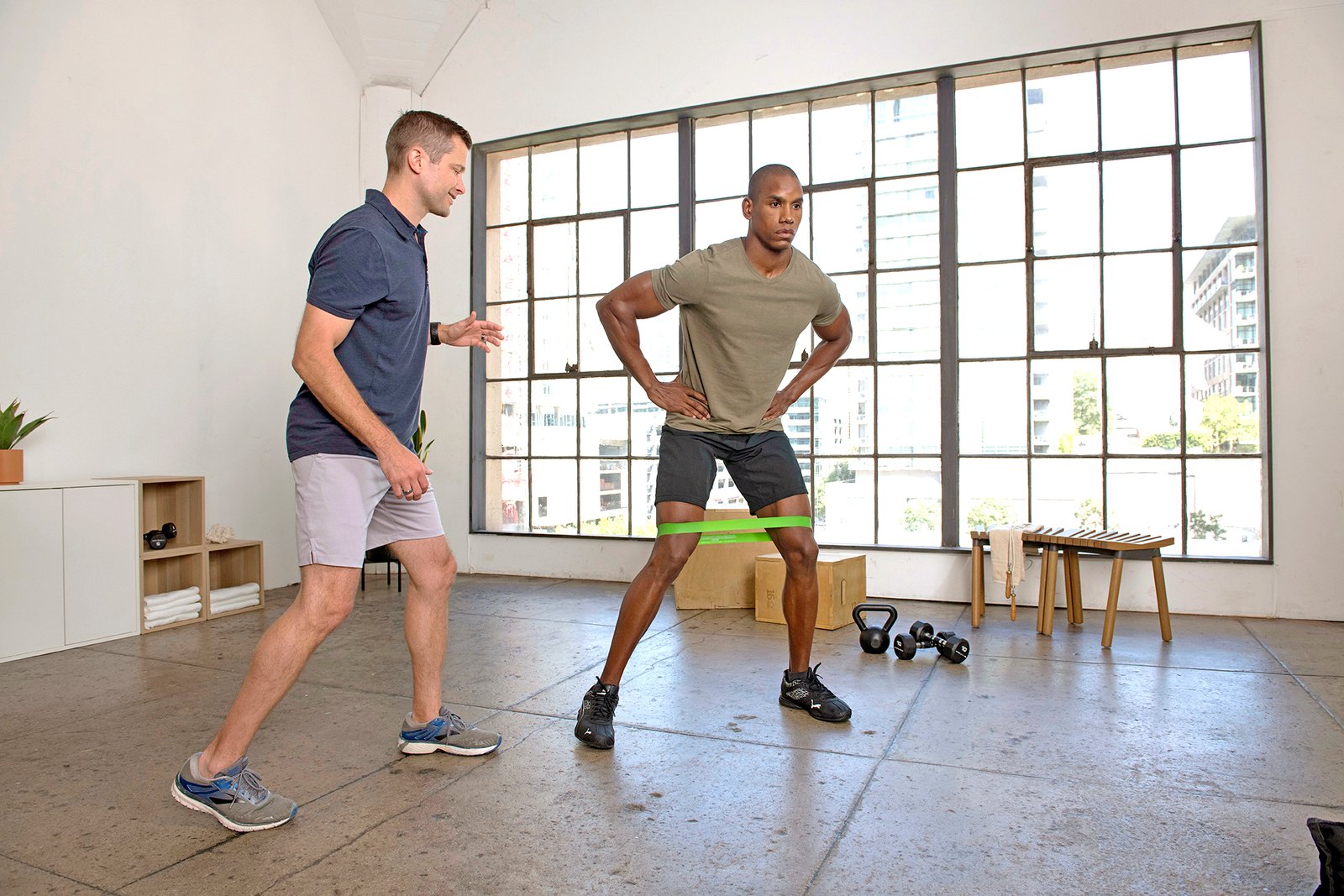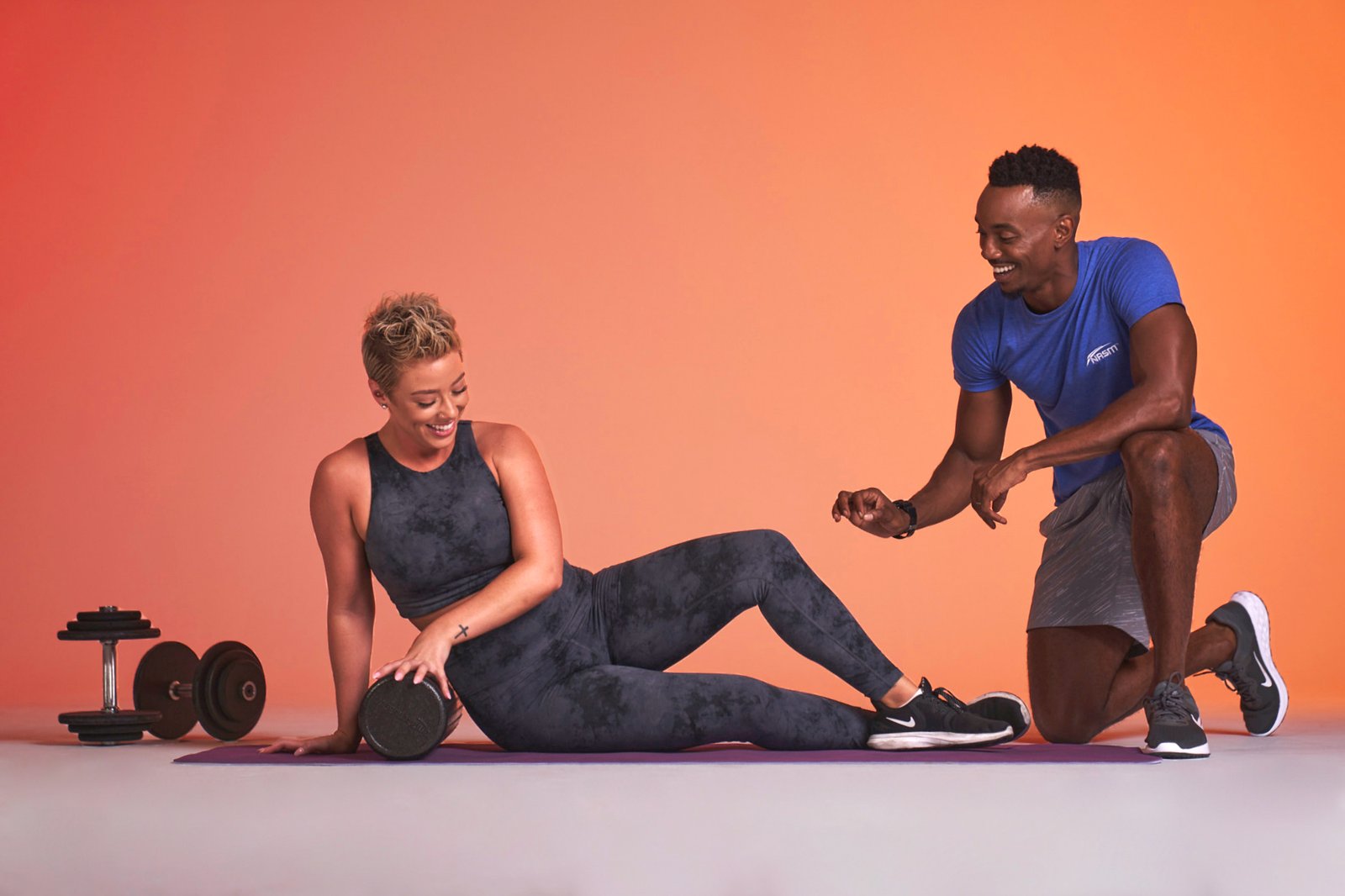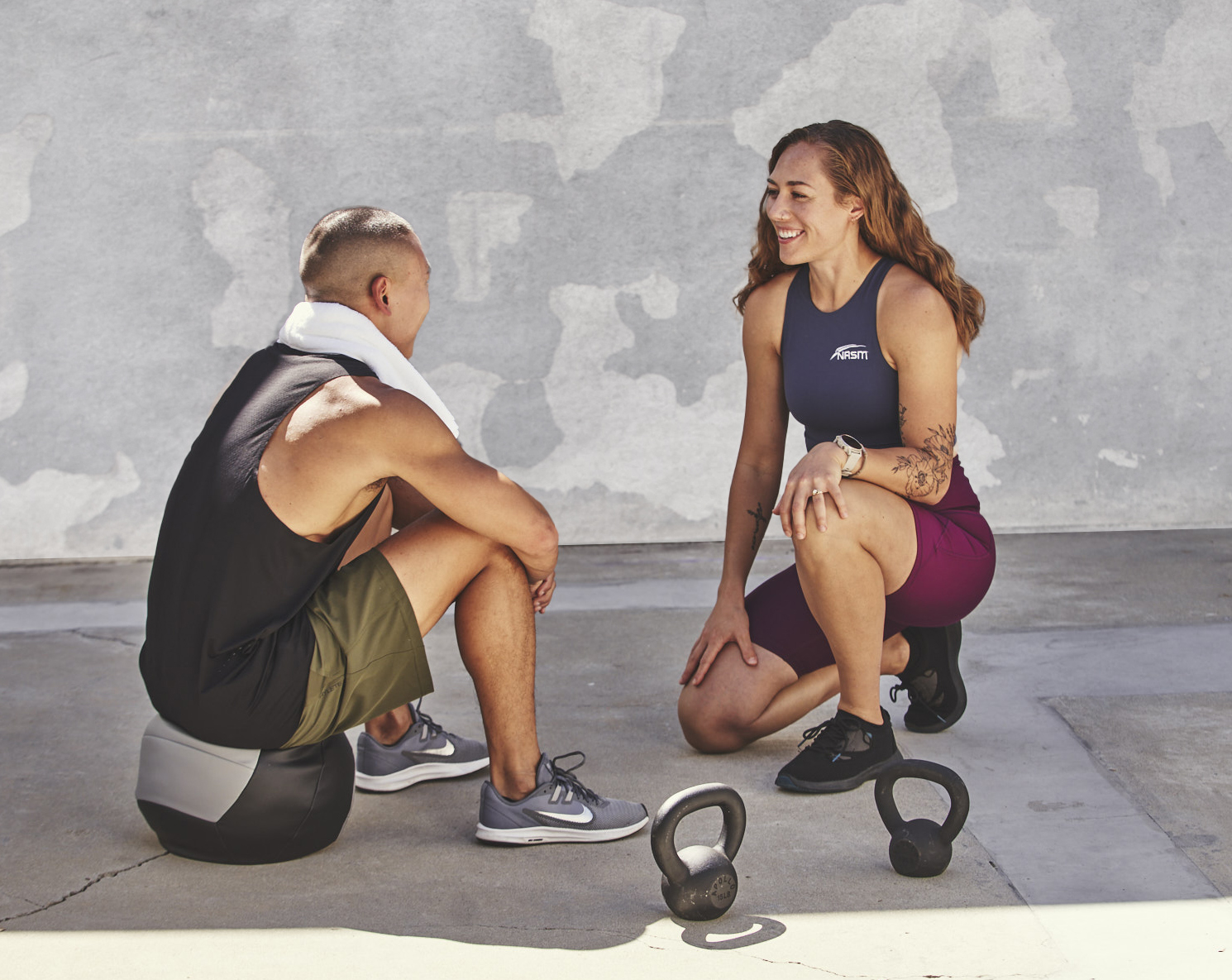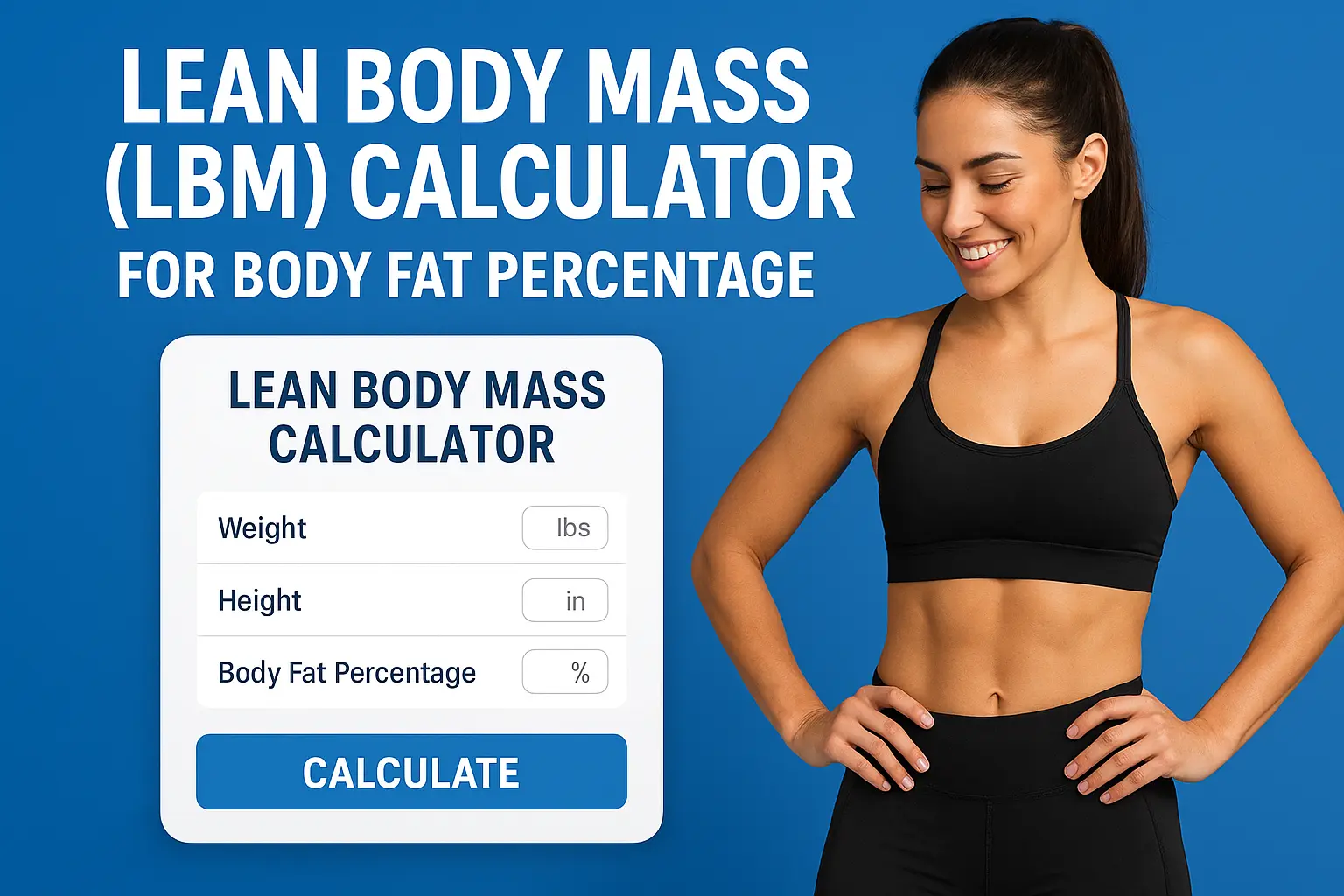Altered Reciprocal inhibition is vital for anyone seeking to optimize their fitness training and ensure balanced muscle function. When I first learned about this neuromuscular process, it transformed my understanding of how our bodies coordinate movement.
Essentially, what is reciprocal inhibition? It’s a sophisticated neuromuscular mechanism where the contraction of one muscle group leads to the relaxation of its opposing muscle group. This process occurs automatically in our bodies, allowing for smooth, coordinated movements while preventing potential injuries. Furthermore, this balance between agonist and antagonist muscles significantly improves force production and movement efficiency.
We often overlook how this natural mechanism impacts our everyday activities and exercise routines. However, understanding the difference between reciprocal inhibition vs autogenic inhibition is crucial for anyone serious about fitness or rehabilitation. While both processes affect muscle tension, they work through different pathways and serve distinct purposes in movement coordination.
In this guide, we’ll explore practical techniques to harness reciprocal inhibition for better flexibility, strength, and injury prevention. Whether you’re a fitness enthusiast or someone recovering from an injury, these beginner-friendly approaches will help you move more efficiently and safely.
How Reciprocal Inhibition Works
The neuromuscular phenomenon known as reciprocal inhibition was first identified by Charles Sherrington, a pioneering neuroscientist who observed this critical movement mechanism over 130 years ago. Throughout my years studying human movement, I’ve come to appreciate how this fundamental process facilitates almost every action we perform.
Basic neuromuscular process
Reciprocal inhibition occurs when muscles on one side of a joint relax to allow muscles on the opposite side to contract efficiently. When your brain sends signals to activate an agonist muscle (the primary mover), it simultaneously triggers inhibitory signals to the antagonist muscle (the opposing muscle). For instance, when I flex my elbow, my biceps contract while my triceps automatically relax through reciprocal inhibition.
This process isn’t simply about muscles working in isolation. Rather, it represents a sophisticated neural mechanism that ensures opposing muscle groups don’t interfere with each other. The relaxation of the antagonist muscle reduces resistance, allowing the agonist to contract more efficiently and produce greater force.
Role of spinal cord and interneurons
The magic of reciprocal inhibition happens primarily at the spinal cord level through a network of specialized interneurons. When a muscle spindle is stretched, the stretch reflex activates and sends signals through afferent nerves that bifurcate (split) in the spinal cord. One branch stimulates alpha motor neurons causing the homonymous muscle to contract, while the other branch activates inhibitory interneurons.
These inhibitory interneurons—particularly Ia inhibitory interneurons—are crucial to this process. They connect with and suppress the alpha motor neurons that would otherwise activate the opposing muscle group. Consequently, this prevents both muscle groups from contracting simultaneously and potentially working against each other.
Notably, this inhibition occurs through both spinal and cortical circuits. At the spinal level, short-latency reciprocal inhibition is activated by primary Ia afferents that work at pre- and post-synaptic sites. Research shows that this isn’t simply a fixed reflex but can be modulated based on movement needs, appearing stronger at certain phases of movement cycles.
Why it matters for movement efficiency
Understanding reciprocal inhibition isn’t merely academic—it directly affects performance and injury risk. Without this mechanism, both groups of muscles might contract simultaneously, creating inefficient movement and increasing injury potential.
For efficient daily movements and athletic performance, reciprocal inhibition provides several advantages:
- Movement Coordination: It facilitates smooth, coordinated movements by ensuring muscles work together rather than against each other.
- Injury Prevention: Proper reciprocal inhibition reduces the risk of muscle strains and other injuries by preventing opposing muscles from creating conflicting forces.
- Force Production: When antagonist muscles properly relax, agonist muscles can generate greater force and contract more efficiently.
During repetitive movements like walking or cycling, reciprocal inhibition shows phase-dependent changes, increasing as the antagonist reaches the latter portion of its activity phase. This timing is particularly important as it helps facilitate the braking activity of extensor muscles and the transition to the next movement phase.
According to research, this mechanism appears most active during sophisticated, smooth joint movements in stable environments, whereas co-activation (both muscles activating) tends to occur when stability is required or during early rehabilitation.
Stretching Techniques That Use Reciprocal Inhibition
Understanding various stretching techniques allows me to effectively apply reciprocal inhibition for improved flexibility. Leveraging this neurological principle can transform your stretching routine from basic to advanced with remarkable results.
Active stretching vs static stretching
Active stretching harnesses the power of reciprocal inhibition directly, unlike its passive counterpart. When I perform active stretching, I use my own muscles to create resistance without requiring external assistance. The key difference lies in how active stretching engages reciprocal inhibition—I contract one muscle group (the agonist) to stretch the opposing muscle group (the antagonist).
For example, when I want to stretch my hamstrings actively, I engage my quadriceps. This activation automatically signals my hamstrings to relax through the reciprocal inhibition mechanism. In contrast, static stretching typically involves applying external force to hold a position.
Active stretching offers several advantages:
- Improves flexibility and range of motion
- Enhances balance and coordination
- Can be performed anywhere without equipment
- Avoids the temporary strength reduction associated with static stretching
The ideal duration for active stretching is approximately 15 seconds per position. This timeframe maximizes benefits without overtaxing the muscles or nervous system.
Using antagonist contraction for deeper stretch
The principle of antagonist contraction forms the foundation of advanced stretching techniques. When I intentionally contract a muscle on one side of a joint, the opposing muscle naturally relaxes through reciprocal inhibition.
To achieve deeper stretches using this principle:
- Begin by stretching the target muscle to its initial limit
- Contract the antagonist muscle for several seconds (the muscle opposite to the one being stretched)
- Return focus to the target muscle, which can now stretch further than before
For instance, when stretching hamstrings, I first reach my initial range. Then, I strongly contract my quadriceps for a few seconds before focusing on sinking deeper into the hamstring stretch. This technique works because the interneurons in the spinal cord send inhibitory signals to the stretched muscle when its antagonist contracts.
Unlike passive techniques, antagonist contraction activates the body’s natural neurological mechanisms, making it both effective and safe.
PNF stretching explained
Proprioceptive Neuromuscular Facilitation (PNF) represents the most sophisticated application of reciprocal inhibition in stretching. Research positions PNF as the most effective stretching technique for increasing range of motion, especially for short-term flexibility gains.
PNF stretching encompasses several techniques:
- Contract-Relax (CR): Also called hold-relax, this technique involves:
- Passively stretching the target muscle
- Isometrically contracting the target muscle at 50-60% of maximum effort for 4-6 seconds
- Relaxing for 2-3 seconds
- Stretching the muscle further than the initial position
- Contract-Relax-Antagonist-Contract (CRAC): This advanced technique follows the CR protocol but adds:
- Contracting the antagonist muscle immediately after relaxation
- This additional step promotes even deeper stretches through both autogenic and reciprocal inhibition
The physiological difference between these techniques is important. While CR primarily utilizes autogenic inhibition through Golgi tendon organ activation, CRAC adds reciprocal inhibition to enhance results.
For optimal results, research suggests:
- Holding contractions for approximately 3 seconds
- Using no more than 20% of maximum voluntary contraction
- Performing once or twice weekly for lasting flexibility improvements
The rest period between repetitions should be about 20 seconds to allow the nervous system to reset properly.
Although many attribute PNF’s effectiveness to autogenic and reciprocal inhibition, current evidence suggests these techniques actually work by changing the point at which stretch is perceived or tolerated. This explains why PNF often yields superior results compared to conventional stretching methods.
Using Reciprocal Inhibition in Strength Training
Harnessing reciprocal inhibition in strength training creates a powerful advantage for maximizing muscular performance. Throughout my coaching experience, I’ve found that understanding this neuromuscular mechanism transforms how we approach resistance exercises.
Improving force output with balanced activation
Reciprocal inhibition directly impacts force production during strength training. When a muscle contracts, the opposing muscle relaxes through neural pathways, allowing for more efficient movement and greater force output. This neurological process ensures that antagonist muscles don’t interfere with agonist contraction, creating stronger, more coordinated movements.
The size principle of motor unit recruitment plays a vital role here. Lighter loads recruit fewer motor units, primarily Type I fibers, while heavier loads activate both Type I and Type II fibers. Accordingly, to fully develop all available motor units, training must incorporate varied loads and movements.
Consider these training strategies that maximize reciprocal inhibition:
- Alternate between muscle groups: Work opposing muscle groups in sequence (e.g., biceps then triceps) to enhance neurological efficiency
- Incorporate unilateral exercises: Single-limb movements increase core activation and stimulate neural activity in the contralateral limb through cross-education
- Focus on proper form: Ensure correct exercise execution to maximize benefits and minimize injury risk
Indeed, training one side of the body creates neural stimulation in both the working limb and the opposite side. This cross-education effect provides additional benefits beyond traditional bilateral training.
Avoiding compensation and overuse injuries
Proper reciprocal inhibition prevents muscle imbalances that lead to overuse injuries. Without balanced activation patterns, the risk of strains, sprains, and chronic pain increases substantially. Moreover, core weakness can interrupt the kinetic chain, causing upper limb muscles to compensate with greater torque production and potentially resulting in overuse injuries.
To prevent these issues:
First, identify any tight or overactive muscles, since working the opposite muscle group more intensely can bring relief and improve performance. Second, incorporate exercises that promote balanced reciprocal inhibition by targeting both sides of each joint. Finally, prioritize core activation before and during all compound movements, particularly overhead exercises, to maintain proper alignment and prevent excessive lumbar extension.
In essence, strength training becomes more effective and safer when we intentionally apply reciprocal inhibition principles. This approach not only enhances strength gains but additionally improves movement efficiency and reduces injury risk.
Rehabilitation and Injury Prevention
Neurological injuries fundamentally alter our body’s movement coordination systems. Following injury, rehabilitation professionals often focus on reciprocal inhibition as a key mechanism to restore proper function and prevent future problems.
Retraining motor patterns post-injury
Injuries to the nervous system, particularly spinal cord injuries, frequently disrupt normal reciprocal inhibition pathways. Initially, patients with neurological disorders like spinal cord injury show reduced reciprocal inhibition compared to able-bodied individuals, which can contribute to spasticity and movement dysfunction. Many rehabilitation approaches target these altered pathways to improve movement quality.
Locomotor training represents one of the most effective methods for retraining disrupted reciprocal inhibition. This approach gradually improves walking ability in both animals and humans by leveraging sensory feedback from the moving legs. Interestingly, after locomotor training, reciprocal inhibition that was absent before training becomes reestablished. This neurophysiological change suggests that task-specific training can trigger reorganization of spinal neural circuits even in individuals with limited or absent supraspinal inputs.
Correcting altered reciprocal inhibition
Altered reciprocal inhibition occurs when antagonist muscles fail to properly relax during agonist contraction. This dysfunction leads to inefficient movement, muscle co-contraction, and increased injury risk. In cases with trigger points, studies have shown increased antagonist muscle activity during agonist contraction—the hallmark of altered reciprocal inhibition.
The consequences of this dysfunction include:
- Delayed and incomplete muscle relaxation after exercise
- Disordered fine movement control
- Unbalanced muscle activation patterns
Treatment approaches typically focus on eliminating trigger points and retraining proper movement patterns. Trigger point release techniques may improve recruitment patterns and performance by reducing unwanted antagonist muscle contraction, potentially leading to improved neuromuscular efficiency and increased force production.
Muscle energy techniques in physical therapy
Muscle Energy Techniques (MET) represent a sophisticated application of reciprocal inhibition principles in rehabilitation. Developed by Fred Mitchell Sr., DO in 1948, these techniques were inspired by Sherrington’s neurophysiological observations about antagonistic muscle relationships.
METs use controlled muscle contractions against therapist-provided resistance in precise positions. Several physiological mechanisms underpin these techniques, including post-isometric relaxation and reciprocal inhibition. In reciprocal inhibition MET, the patient contracts the muscle opposite to the tight muscle, causing the problematic muscle to relax through neural inhibition.
This approach offers distinct advantages for acutely painful conditions since it’s both safe and effective when direct contraction of affected muscles would be challenging. Research confirms that reciprocal inhibition METs can significantly improve functional outcomes, including reduced pain and improved range of motion in conditions like upper trapezius pain.
The effectiveness of these techniques stems from their ability to stimulate mechanoreceptors and proprioceptors, making subsequent stretches more tolerable and improving overall treatment outcomes.
Common Misconceptions and Clarifications
Despite widespread misconceptions, reciprocal inhibition extends far beyond the stretching world. Let me clarify some common confusions about this fundamental neuromuscular process.
It’s not just for stretching
Throughout my experience working with movement patterns, I’ve discovered that reciprocal inhibition plays a crucial role in numerous bodily functions. This mechanism applies to everyday movements including wrist actions—where muscles work in groups to perform flexion, extension, adduction, and abduction. Even in shoulder joints, research shows an agonist-antagonist relationship between abdominal muscles and posterior shoulder muscles. This relationship enables efficient movement coordination in daily activities, not merely during stretching sessions.
It can be trained and improved
Contrary to popular belief, reciprocal inhibition isn’t fixed but can be enhanced through practice. Studies demonstrate that learning skilled movements strengthens spinal interneuron circuits facilitating movement. Research reveals that training causes a greater change in reciprocal inhibition at the end of extension than in mid-extension. Plus, rhythmic, alternating movement training can strengthen these pathways and decrease muscle co-contraction.
Autogenic inhibition vs reciprocal inhibition
These commonly confused mechanisms work differently:
- Reciprocal inhibition involves muscle spindles that sense stretch, facilitate agonist activation, yet inhibit antagonist muscles
- Autogenic inhibition occurs when golgi tendon organs cause agonist muscles to inhibit themselves
Primarily, reciprocal inhibition affects opposing muscles, whereas autogenic inhibition impacts the same muscle group undergoing contraction.
Conclusion
Understanding reciprocal inhibition transforms how we approach movement, training, and rehabilitation. Throughout this exploration, we’ve seen how this natural neuromuscular mechanism enables our bodies to create smooth, coordinated actions while preventing potential injuries. Most importantly, reciprocal inhibition isn’t merely an abstract concept but a practical tool we can apply daily.
The stretching techniques we’ve discussed—especially PNF and active stretching—offer powerful methods to enhance flexibility beyond traditional approaches. Likewise, strength training becomes significantly more effective when we deliberately apply reciprocal inhibition principles, allowing for greater force production and balanced muscle development. Rehabilitation professionals also rely on this mechanism for restoring proper movement patterns after injury. Actually, the ability to retrain these neurological pathways gives hope to many patients with movement disorders or injuries.
Still, many misconceptions persist about reciprocal inhibition. Rather than viewing it as just a stretching technique, we should recognize it as a fundamental aspect of all movement that can be trained and improved over time. The difference between reciprocal inhibition and autogenic inhibition remains crucial for anyone serious about optimizing their physical performance. Whether you’re a fitness enthusiast, rehabilitation patient, or someone simply wanting to move better, these beginner-friendly techniques provide a solid foundation. Therefore, start incorporating these principles into your routine, and you’ll likely notice improvements in flexibility, strength, and overall movement quality.
Remember, mastering reciprocal inhibition doesn’t happen overnight, but with consistent practice, this natural mechanism can become one of your most valuable tools for achieving better physical performance and preventing injuries.
FAQs
What is reciprocal inhibition and how does it work?
Reciprocal inhibition is a neuromuscular process in which the contraction of one muscle (the agonist) causes the opposing muscle (the antagonist) to relax. This occurs via inhibitory interneurons in the spinal cord, which prevent both opposing muscles from contracting at the same time. This mechanism enables smooth, efficient motion.
How is reciprocal inhibition used in stretching techniques?
Reciprocal inhibition is used in active stretching and PNF (proprioceptive neuromuscular facilitation) methods. In active stretching, you contract the antagonist muscle to cause the target (antagonist) muscle to relax. In PNF (e.g. contract-relax or contract-relax-antagonist-contract), both autogenic and reciprocal inhibition mechanisms are used to deepen flexibility gains.
Can reciprocal inhibition improve strength training performance?
Yes. By promoting antagonistic muscle relaxation during agonist contraction, reciprocal inhibition helps reduce interference from opposing muscles, enhancing force output and movement efficiency. It also helps prevent compensations and overuse injuries when applied properly in training.
What is “altered reciprocal inhibition” and how is it corrected?
Altered reciprocal inhibition refers to a dysfunction in which the antagonist muscle fails to properly relax during agonist contraction, causing inefficient movement and possible muscle co-contraction. It can be corrected through techniques such as trigger point release, retraining movement patterns, and applying muscle energy techniques to restore normal neuromuscular function.
What’s the difference between reciprocal inhibition and autogenic inhibition?
Reciprocal inhibition involves inhibiting the opposing (antagonist) muscle when the agonist contracts. Autogenic inhibition, on the other hand, uses the Golgi tendon organs to inhibit contraction of the same muscle that is under tension. In short: reciprocal affects the opposite muscle; autogenic affects the same muscle.












